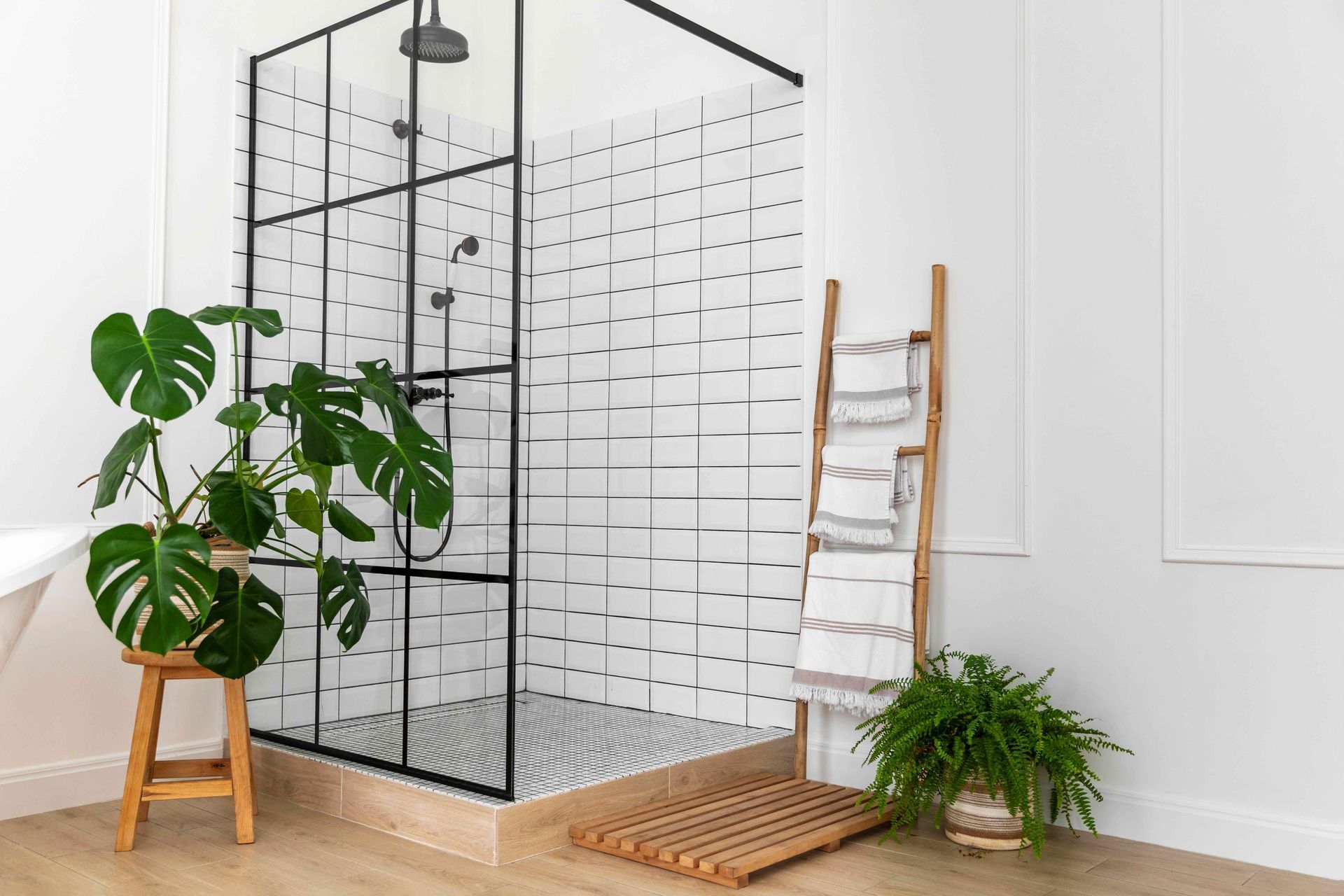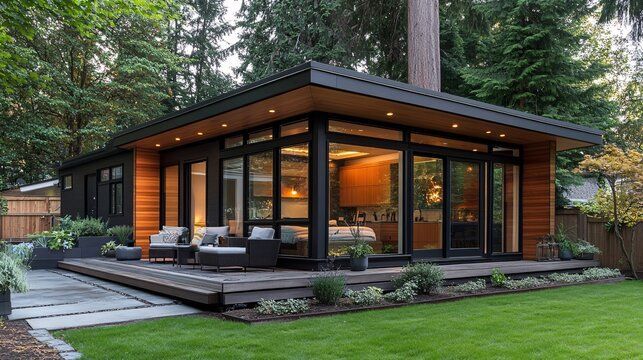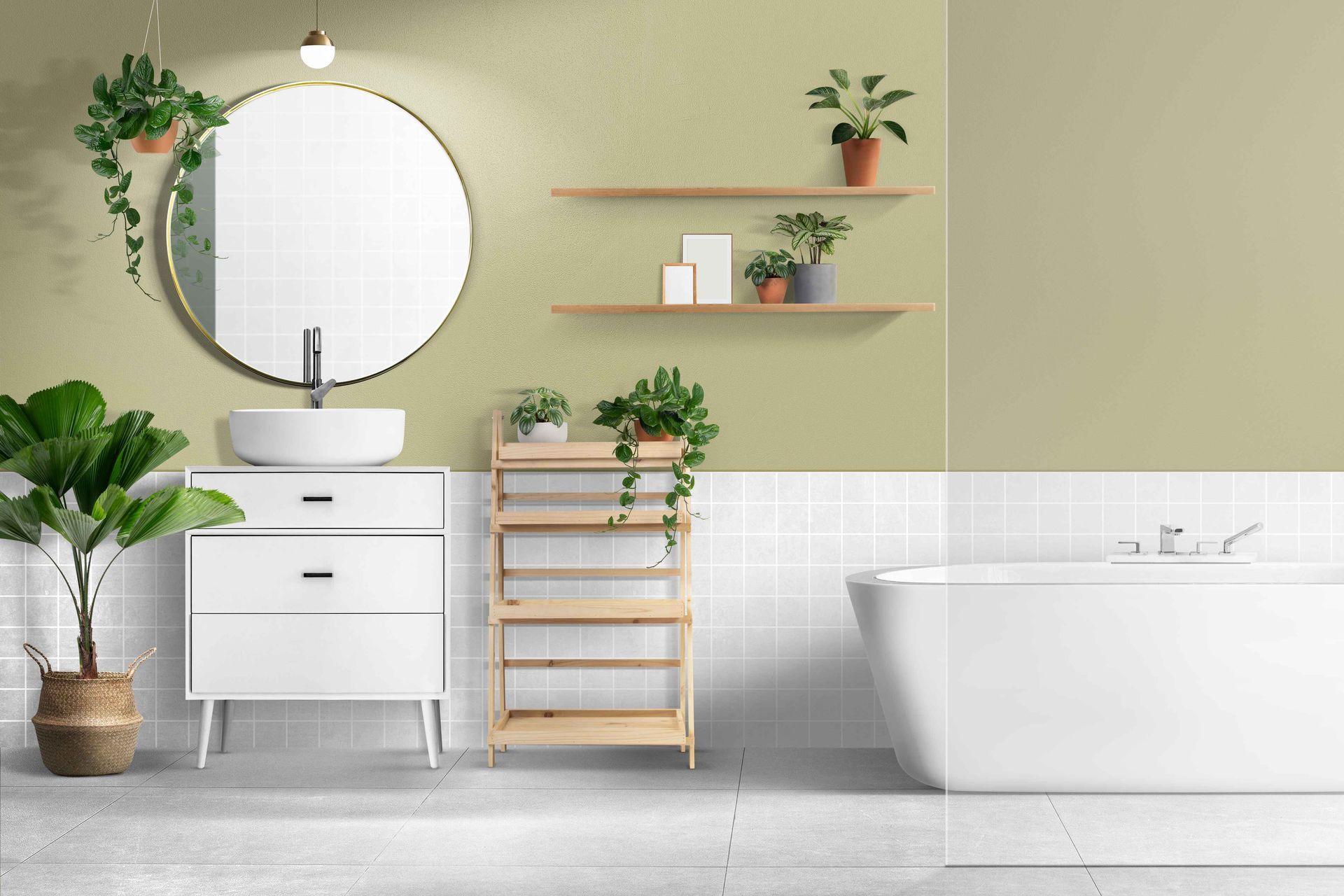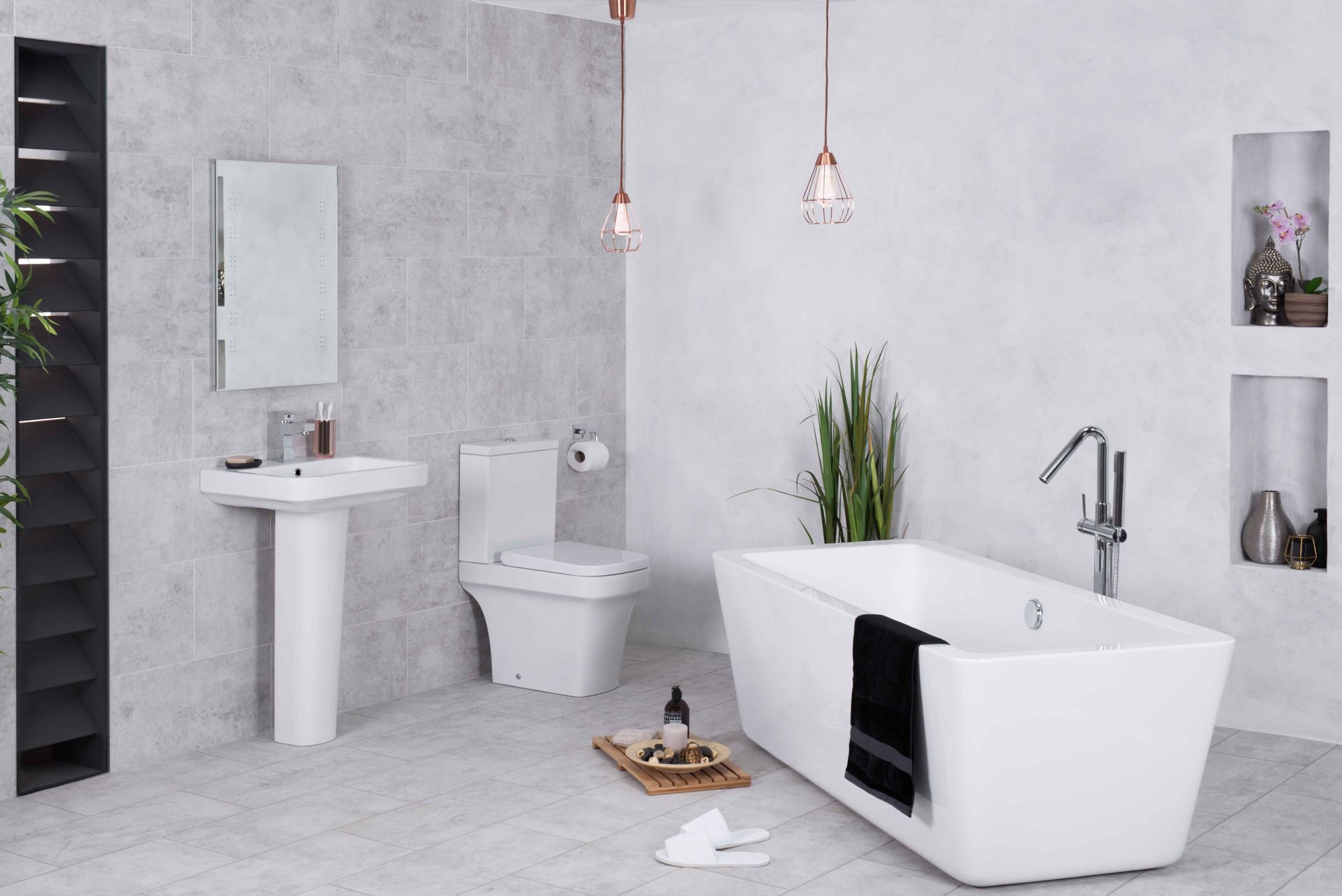When Remodeling a Bathroom, What Comes First?

In bathroom remodeling, the first step is usually demolition to clear existing fixtures methodically, starting with shutting off water and electricity. Then, plumbing and electrical work is essential, ensuring secure connections and energy efficiency. Wall and floor prep follows, evaluating and repairing surfaces, removing coverings, and waterproofing. Finally, fixture installation includes sinks, toilets, showers, and bathtubs, ensuring proper alignment and sealing. These initial steps set a solid foundation for a successful bathroom renovation.
Demolition and Removal
Efficiently clearing out the existing fixtures and materials is the initial fundamental step in the bathroom remodeling process. This phase involves removing everything from the bathroom that will be replaced or renovated. It is vital to start by shutting off the water supply and electricity to guarantee safety during demolition.
When beginning the demolition, it is essential to work systematically. Start by removing any cabinetry or storage units, followed by the sink, toilet, bathtub, or shower. Be sure to disconnect all plumbing fixtures carefully to avoid damaging existing pipes. Next, remove the flooring, wall tiles, and any other surface materials that need replacing.
Proper debris disposal is also a vital aspect of this step. Renting a dumpster or arranging a waste removal service can help keep the work area clean and organized. Completing this demolition and removal phase efficiently sets the stage for the rest of the bathroom remodeling project.
Plumbing and Electrical Work
The next critical phase in bathroom remodeling involves addressing the complex plumbing and electrical work tasks. Plumbing work typically includes installing or relocating water supply lines, drains, and fixtures such as sinks, toilets, showers, and bathtubs. It's essential to ensure all plumbing connections are watertight to prevent leaks that could cause damage to the newly renovated space.
Similarly, electrical work in a bathroom renovation involves installing or relocating wiring, outlets, light fixtures, and switches. Safety is paramount when dealing with electrical systems, so hiring a licensed electrician to handle this aspect of the remodel is essential. Moreover, incorporating energy-efficient lighting solutions can enhance the space's functionality and aesthetics while reducing electricity costs in the long run.
Careful planning and coordination between plumbing and electrical contractors are crucial to ensure that all components work harmoniously within the new bathroom layout. By prioritizing these tasks, you can lay a solid foundation for the rest of the remodeling project.
Wall and Floor Preparation
Properly preparing the walls and floors guarantees a successful bathroom remodeling project. Before starting any renovations, it's essential to assess the condition of the walls and floors to determine if any repairs are needed. Begin by removing any existing wall coverings, such as tiles or wallpaper, and patching any holes or cracks. Ensure that the walls are smooth and free of imperfections to provide a solid base for the new finishes.
Next, focus on the floors. If you're installing new tiles, the existing flooring may need to be removed to create a level surface. Check for any signs of water damage or mold, as these issues should be addressed before proceeding with the remodel. Properly preparing the floors will guarantee a better aesthetic outcome and prevent future problems.
Consider applying a waterproofing membrane on the walls and floors to protect against moisture damage. This extra step can prolong the lifespan of your new bathroom and prevent costly repairs down the line. Investing time in wall and floor preparation sets a strong foundation for the rest of your remodeling project.
Fixture Installation
Installing fixtures is a vital aspect of completing the bathroom remodeling process. Once the walls and floors are prepared, it's time to install key bathroom fixtures such as sinks, faucets, toilets, showers, and bathtubs.
When installing fixtures, it's essential to ensure everything is aligned correctly and securely attached. Begin by installing the sink and faucet, ensuring they are sealed correctly to prevent leaks. Next, install the toilet, ensuring a proper seal with the wax ring to prevent water damage. Showers and bathtubs should be installed according to manufacturer instructions, ensuring they are level and watertight.
Proper fixture installation enhances the bathroom's aesthetic appeal and ensures functionality and longevity. Attention to detail during installation is crucial to avoiding future issues such as leaks or malfunctions. Once all fixtures are installed, it's important to test them for proper functionality and address any issues promptly to complete the bathroom remodeling process successfully.
Other Kitchen Remodeling ideas:



